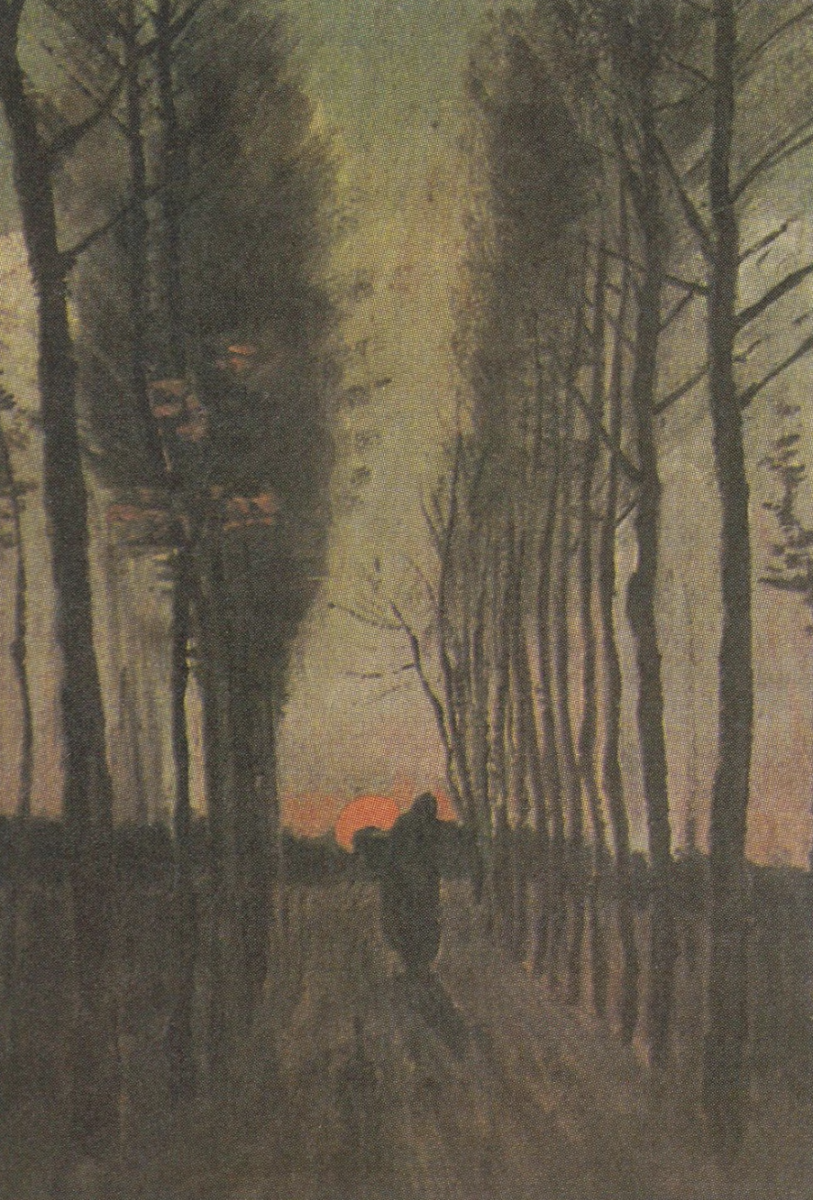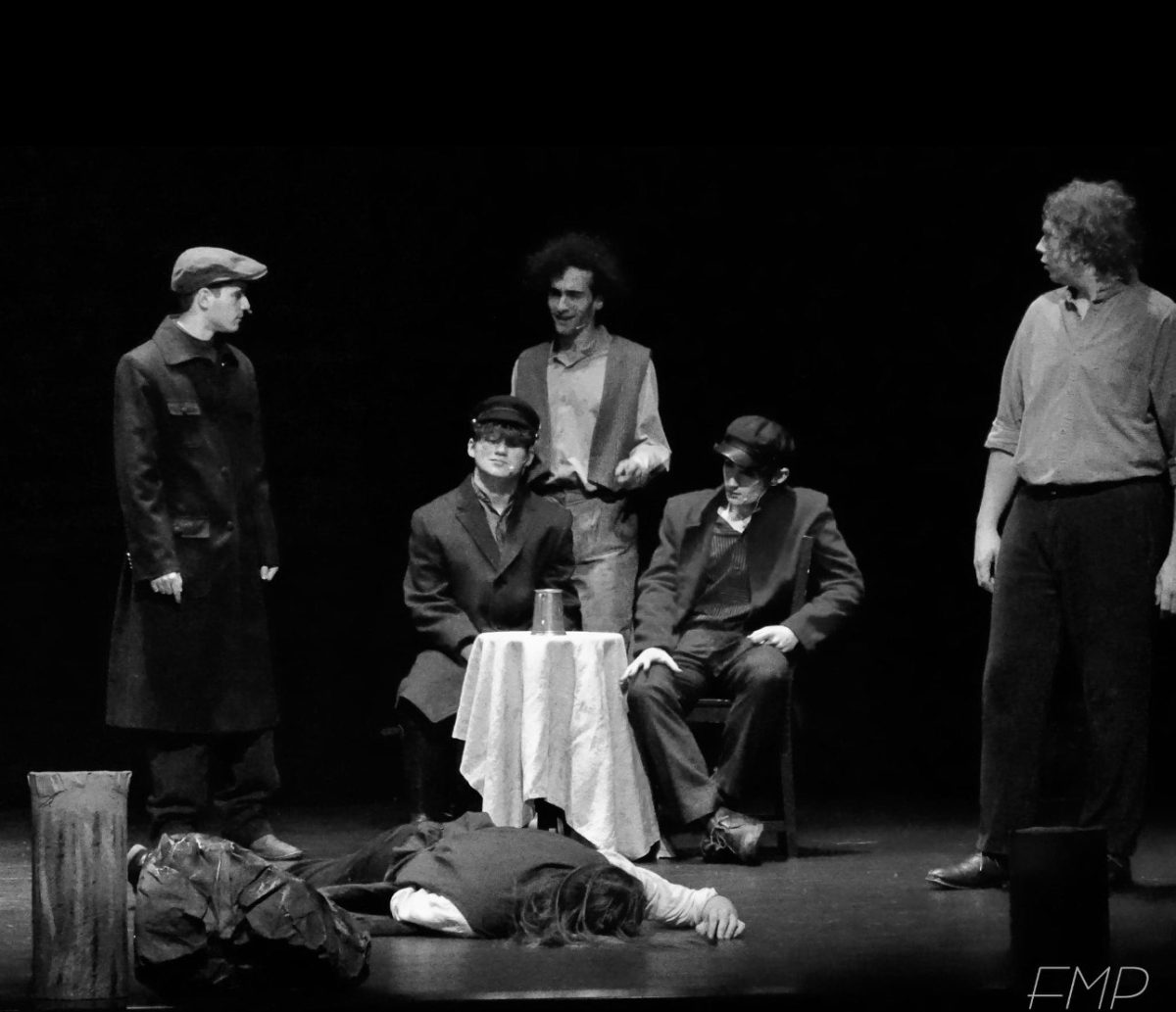From landscapes like The Starry Night to flower paintings such as The Sunflower Series, Van Gogh has made himself a name in the world of art. However, Vang Gogh was underappreciated during his lifetime and only sold one painting. After he died, he became one of the world’s most famous artists, known for his impressionistic style and dreamlike paintings.
Vincent Van Gogh had a deep understanding of astronomy that he used that to create one of his most famous paintings, The Starry Night. The bright colors and mesmerizing shapes make this painting outshine all others. For example, Lane of Poplars at Sunset, a lesser known painting by Van Gogh. Lane of Poplars at Sunset was also connected to science like The Starry Night. In fact, Donald Olson and his team of scientists at Texas State University used astronomy to find the exact location of this painting.
Donald Olson, a 61 year old American astronomer, noticed that the setting sun in Lane of Poplars at Sunset resembled a certain phenomenon called “Manhattanhenge.” Working backwards, Olson found a time period when Van Gogh could’ve painted this landscape. From that, his team used astronomical calculations to pinpoint the exact lane. Their final report read, “the Sun set in the southwest, in the range of azimuths, or compass direction of a celestial object, between 240° and 244°” (Olson).
In the end, Donald Olson and his team were certain that Lane of Poplars at Sunset was based off Weverstraat lane on either November 13th or November 14th, 1884. When science and art come together, great things happen. Generations of inspired people are intertwined through shared knowledge of science and art. Imagine looking back over fourteen decades ago and being the person that views the world through the eyes of Vincent Van Gogh. Perhaps one day, York will be the mysterious location of a beautiful painting.

















